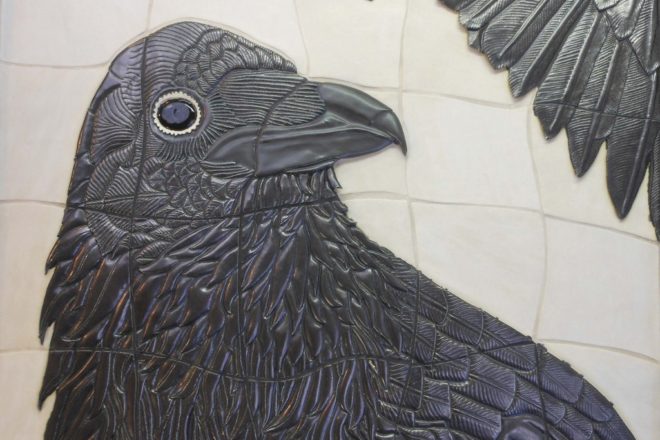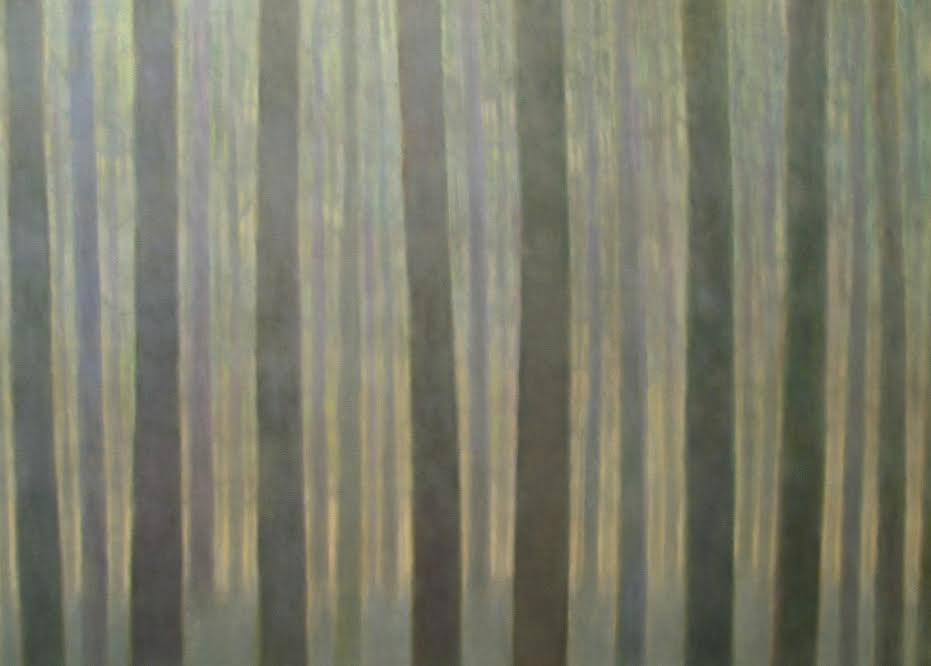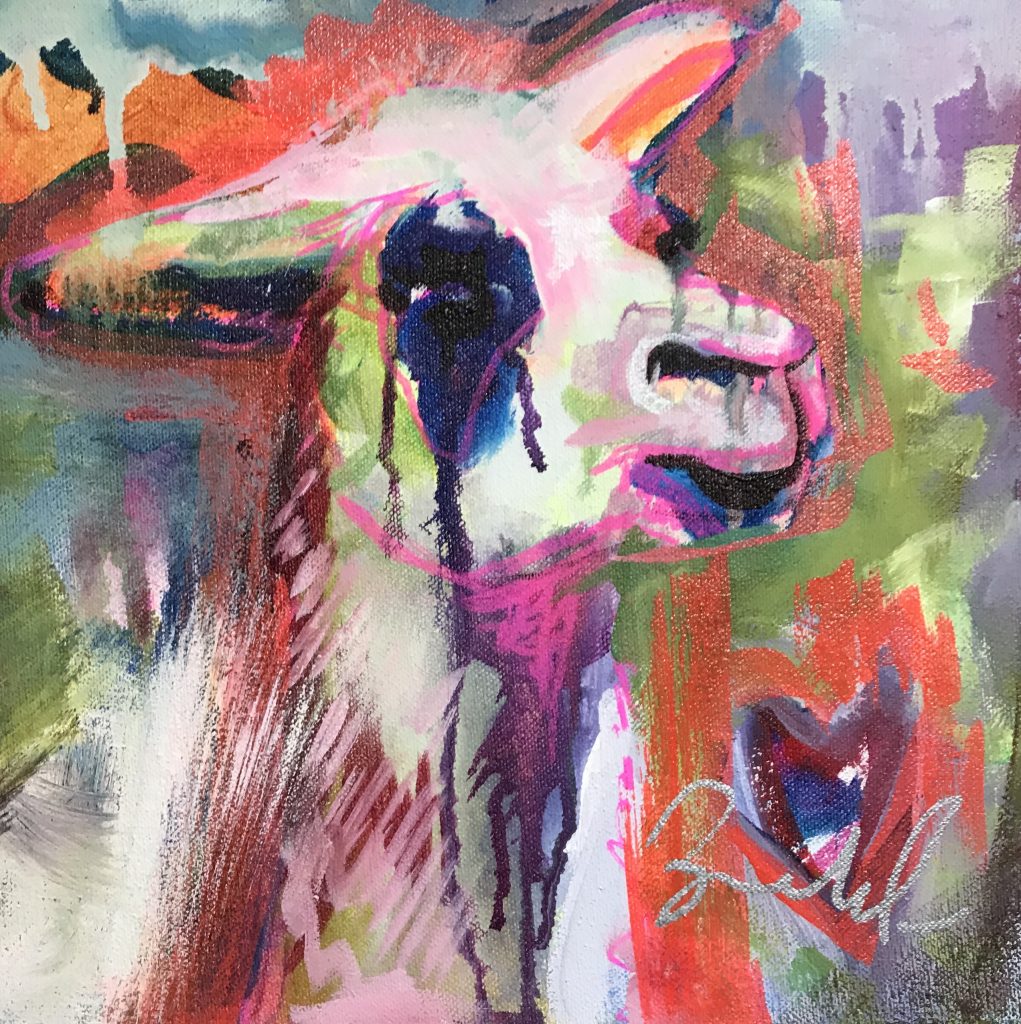Appreciating Art
- Share
- Tweet
- Pin
- Share

I never used to “get” art. Whenever I found myself in an art museum or gallery, I’d stare at the paintings with an expression on my face that I hoped looked contemplative. But internally, the extent of my art analysis was, “Yep, that’s a painting.”
That was before this job. After almost a year of writing about art, I’d like to think I understand it more than I once did – but it still doesn’t come as naturally to me as it does to some people. So I asked some local gallery owners for tips on how to get the most out of viewing art.
Here’s what they said. Responses have been edited for clarity.
Keith Clayton
K. Allen Gallery, Sister Bay
Ask gallery owners questions about the work – who made it and how – or find artists who sell their own work and chat with them directly.
Josyln Villalpando
Woodwalk Gallery, Egg Harbor
While you walk around a gallery, let yourself be guided by whatever art pulls you in at first glance. There’s no “right” way to wander around an art space, so you don’t have to start at the beginning or end at the end.

Margaret Lockwood
Margaret Lockwood Gallery, Sturgeon Bay
As you look at a piece of art, try to identify the use of art fundamentals such as color, composition, balance, rhythm, texture and spatial expression. Elements like these can be seen in all art, from photorealistic pieces to purely abstract ones
Lucy Hodkiewicz
The Lightbox, Sturgeon Bay
Don’t just view each art piece on its own; look at the other work displayed around it to get a feel for the era or style being represented.
Janine Buechner
Blue Moon Framery, Sturgeon Bay
The next time you find yourself skipping past a piece that doesn’t catch your eye, give yourself time to do a double-take.
Art is supposed to make you think and feel. If you’re looking at a piece of art and it’s not doing so, ask yourself why. Think about why the artist chose these colors, textures, shapes and composition.
And if you’re still feeling stuck, consider how the piece was created – what sound the paint made when it was slapped onto the canvas, what tools the artist may have used, how large or small the brushstrokes are.
Stephanie Trenchard
SŌMI Gallery, Sturgeon Bay
Learn more about a piece of your choosing. One way to do so is to look into the timeline of an artist’s work – which pieces are older and which are newer – so you can get a feel for the artist’s progression and trajectory.

Ernest Beutel
Manager, Artists Guild, Sturgeon Bay
Artist, Pearl of Door County, Sturgeon Bay
Art is subjective, so as you observe it, think through your own conception of what makes art “good.”
Sandra Martinez
Martinez Studio, south of Jacksonport
Gallery owners are there to talk to novices as well as art experts, so don’t be afraid to ask them questions about the art you see.
Karen Newquist
Pottery Co-op, Algoma
Give yourself a wide cross-section of art to examine. You can do that by going to multiple galleries in Door County, or trekking to a larger city like Milwaukee or Chicago to explore a museum with a wider variety of work.
It takes time to identify what kind of art speaks to you, so give yourself time to do so. Walk through galleries slowly until you find a piece that interests you, and when you do that, figure out what aspect of the work makes it appealing to you. Then you can look for that aspect in other pieces in the gallery.
Karon Winzenz
Gallery coordinator, Unitarian Universalist Fellowship of Door County, Ephraim
In his 1911 book Concerning the Spiritual in Art, modernist painter Wassily Kandinsky suggested that artists pursue the spiritual through their work. Keep that in mind while you’re looking at art, and be willing to spend some quiet time with a piece to better appreciate its message.
Rebecca Carlton
Juddville Contemporary Clay Studio Gallery, Juddville
Inspect art you don’t like, or don’t think you like. And keep in mind that spaces like museums and galleries aren’t just for art connoisseurs. That’s especially true in Door County.

Mary Ellen Sisulak
Turtle Ridge Gallery, Ellison Bay
Remember that every piece of art has a story and a purpose. The purpose of a given piece might be to provoke, to calm, to reminisce, to document or to evoke a feeling. Think about what the artist’s intentions were – and know that if your own feelings about the art differ from the artist’s intentions, that’s OK, too.
Diane McNeil
Ellison Bay Pottery Studios, Ellison Bay
Consider what the art is “doing” to you; then discuss those feelings with a fellow gallery-goer.





